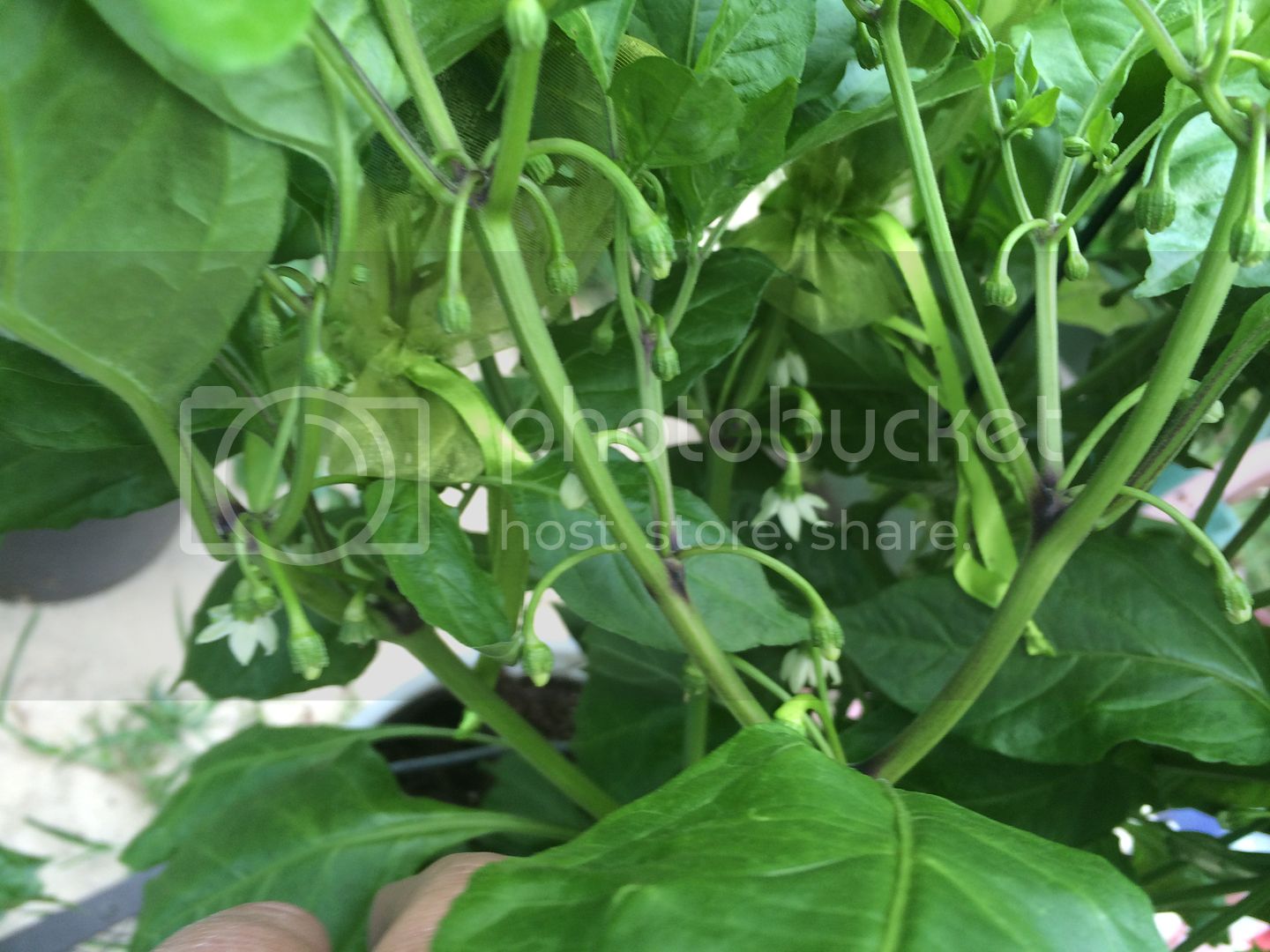Last year was my first grow, being new to this I thought crosses were somewhat of a rarity. I kept my different types of peppers a couple of feet from each other. I grew this year from my best first fruits' seeds from last year.
A couple of days ago while doing my nightly "pepper plant patrol", I took a double take and thought I must have jumbled some of my seeds. Upon closer inspection I realized I am now the proud owner of the elusive...
F1 Jamaican Mushroom Yellow / Thai Dragon Red
The seeds came from the Mushroom plant so I guess that makes her the Mommy?
First photo is from fruits last year, next two are of this year's hybrid. They are "ripply" like the Mushroom but long like the Dragon. Can't wait to see what these turn into.



A couple of days ago while doing my nightly "pepper plant patrol", I took a double take and thought I must have jumbled some of my seeds. Upon closer inspection I realized I am now the proud owner of the elusive...
F1 Jamaican Mushroom Yellow / Thai Dragon Red
The seeds came from the Mushroom plant so I guess that makes her the Mommy?
First photo is from fruits last year, next two are of this year's hybrid. They are "ripply" like the Mushroom but long like the Dragon. Can't wait to see what these turn into.












